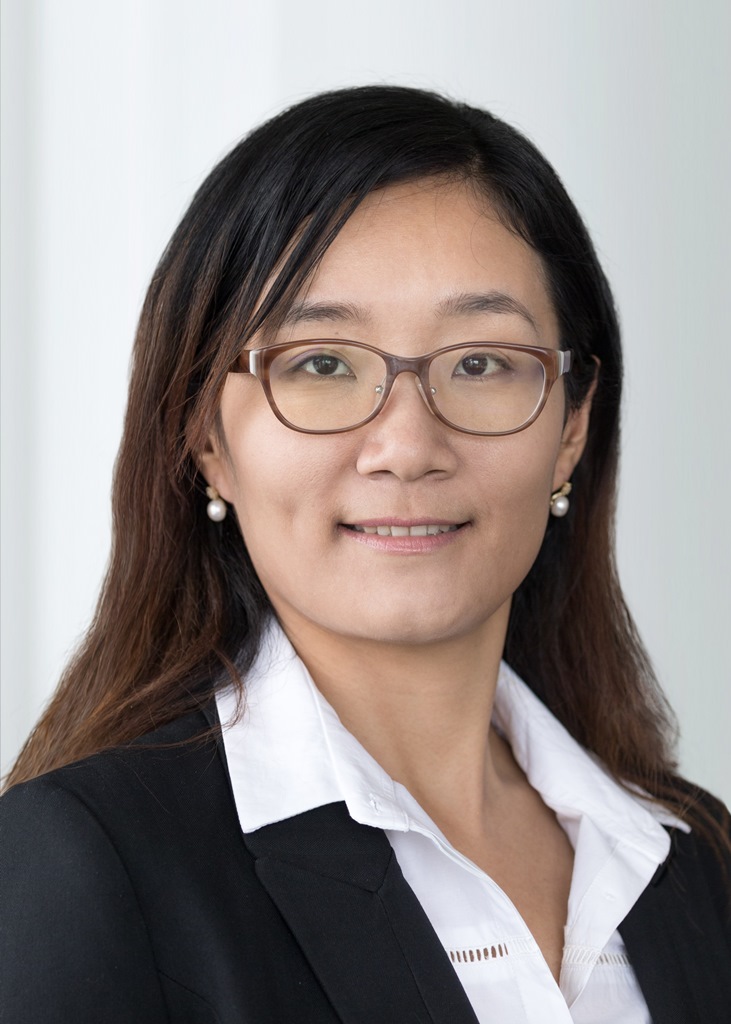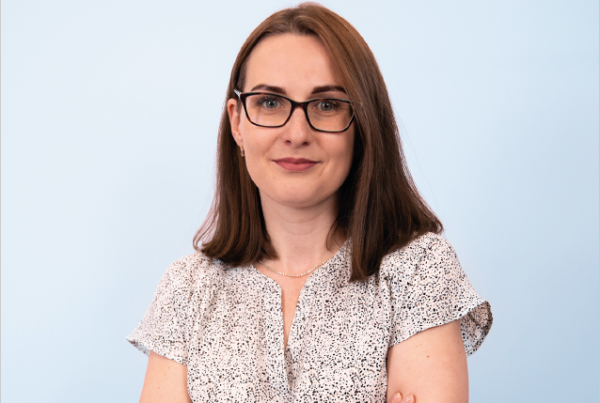


April 2021
Over the last year what area of SR Technics business has seen the most demand, and given the challenges how has this been met?
Due to the COVID pandemic, 2020 was a turbulent year across the aviation industry. Air traffic collapsed in April 2020 and is only just starting to pick up speed. At SR Technics, our MRO business was also severely affected by the pandemic. We faced significantly weaker demand in all our airframe, engine, line, and component services as our airline customers cancelled flights, grounded aircraft, and postponed or cancelled MRO visits.
In relative terms, however, engine maintenance has experienced the greatest demand. Demand in this area was fuelled by the global, long-term relationships we have built with customers. Cargo airlines also made a significant contribution to engine MRO in 2020: unlike passenger airlines, they saw an uptick in demand, leading to their increasing focus on predictable Turnaround Time (TAT).
In response to the pandemic and the change in market demand in 2020, SR Technics underwent a restructuring program to strategically reposition the company with a clear focus on the engine maintenance business. This new strategy preserves the company’s long-term financial health and clearly focuses on the resources we need to best serve our customers. We have also taken the opportunity to improve our process efficiency in 2020, when the business volumes are down, so that we can offer our customers better and more predictable TAT.
What are the operators asking from SR Technics, given the flight restrictions that were in place over the last 12 months?
In response to the pandemic, all our airline customers immediately prioritised employee safety, business continuity and cash preservation. SR Technics did its best to support its customers in these areas.
To ensure the safety of SR Technics employees and our customers, social distancing was necessary, but operators still wanted to follow their engines in the shop. To meet this need, we introduced Remote Table Inspection for all our engine customers in April 2020. Using state-of-the-art video technology, the remote inspection allows our customers to live stream the work on their engines, parts, and modules from the comfort of their homes or offices without having to travel to our location. Remote quality audits have also been provided by us for our customers.
We have worked closely with each customer to achieve a flexible balance between TAT and the cost of shop visits based on their operational needs during the specific period in question. We have also focused on improving the predictability of TAT, which proved critical for operators already coping with a lot of uncertainty in 2020.
Finally, service quality remains our top priority, as always. Especially over the last year in which the industry has had to adapt to furloughs, home office, and other new situations, we have worked especially hard to ensure our customers continue to get the very best service and are informed every step of the way.
Where did the need come from that required better prediction of TAT, was it requested by operators?
Operators have always wanted predictable TAT for engine shop visits because it is critical to their fleet planning. In a pre-COVID market environment where spare engines are not as readily available to operators as they are today, predictable TAT will help limit the disruption to airline operations.
The pandemic has added a great deal of uncertainty to fleet planning and increased the need for flexible planning. At the same time, many operators have been postponing engine MRO activities with less buffer to save money. The combination of these two factors makes it necessary for MROs to provide predictable TAT for engine shop visits to meet operators’ scheduling needs and to save costs and cash.
While our shop load was down, we took the time to use Lean tools to improve our factory flow, processes, and touch points, positioning us to support our customers so they can better plan their removals and know they can count on a spare engine when the need arises.
What has been the biggest challenge in introducing the new system?
Engine maintenance is a complex business with many variables. Lags in a single part repair or process can lead to a delay in the overall TAT. There are also many external parties involved in the process, including Original Equipment Manufacturers (OEMs), suppliers and our customers. All stakeholders must understand the role they play to work together efficiently and predictably, thus ensuring overall TAT predictability.
To ensure predictable TAT, SR Technics has introduced the Engine Calendar Management concept, which monitors the entire shop visit process against a calendar of key milestones defined at predetermined target dates. The Engine Calendar aims to create transparency and awareness for internal and external parties to ensure the achievement of key milestones and ultimately meet all TAT estimates. The Engine Calendar enables us to predict TAT by clearly identifying and managing deviations from key milestone targets.
From within the industry what has been the feedback, and has then been any recommendations to improve the system?
Since we launched Engine Calendar in 2020, we have seen improvements in our TAT performance and predictability. Overall, customer feedback has been positive. We continue to work with our internal and external partners to further increase awareness on the importance of achieving key milestones. We are also exploring various options to improve the transparency of our communications and communicate more efficiently with our customers.
In response to demand for faster TAT on hospital shop visits and post-lease inspections, we launched the Quick Turn Line. This independent setup provides our customers with minimal and predictable TAT on quick turn services while they continue to benefit from the engineering expertise SR Technics is renowned for.
Finally, our extensive in-house engine parts repair capabilities at SR Technics have been critical to our service quality and TAT performance. We will continue to expand our in-house repair solutions to further improve TAT predictability.








